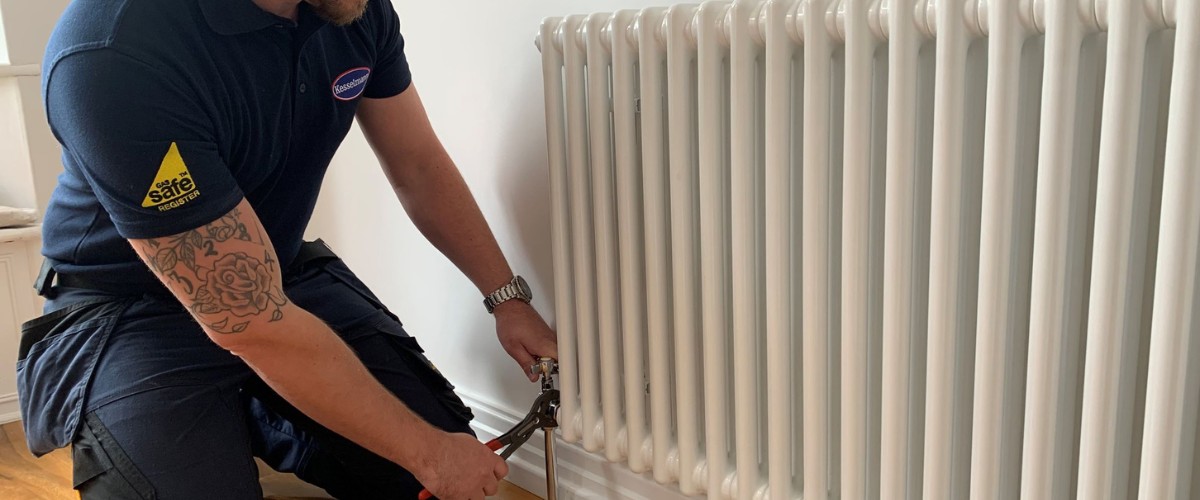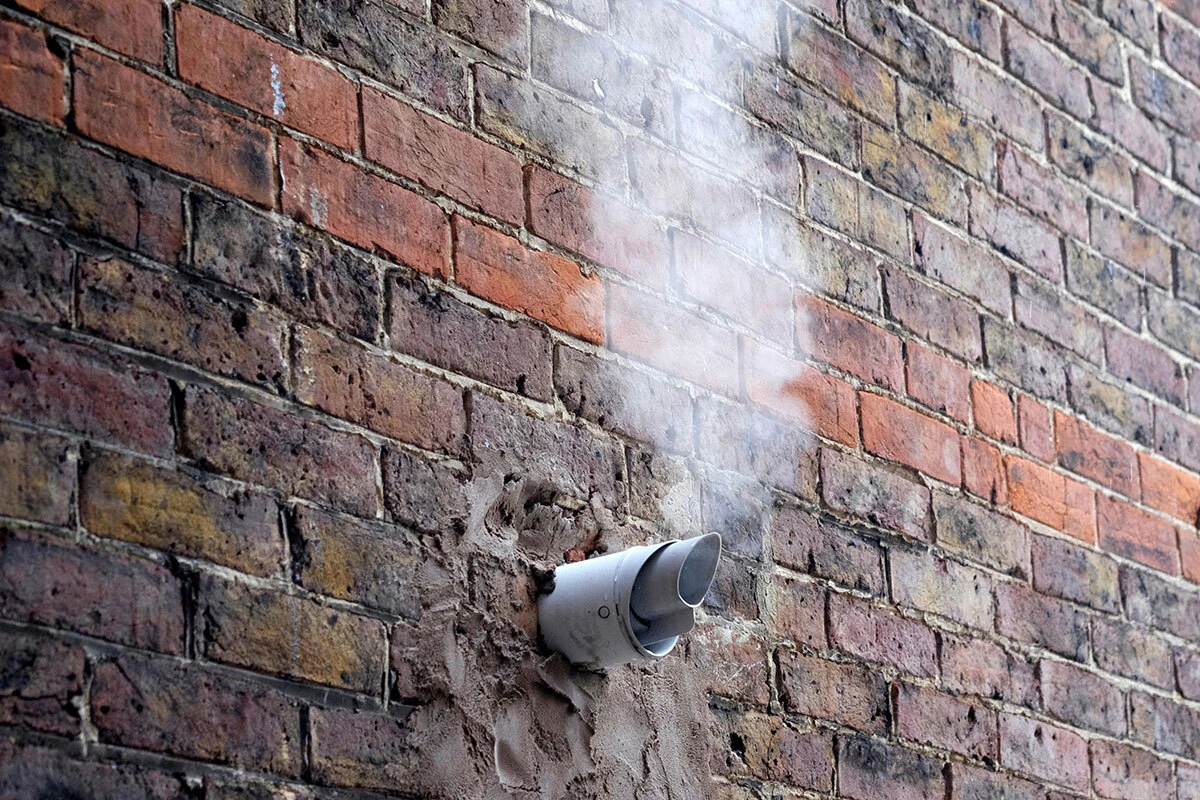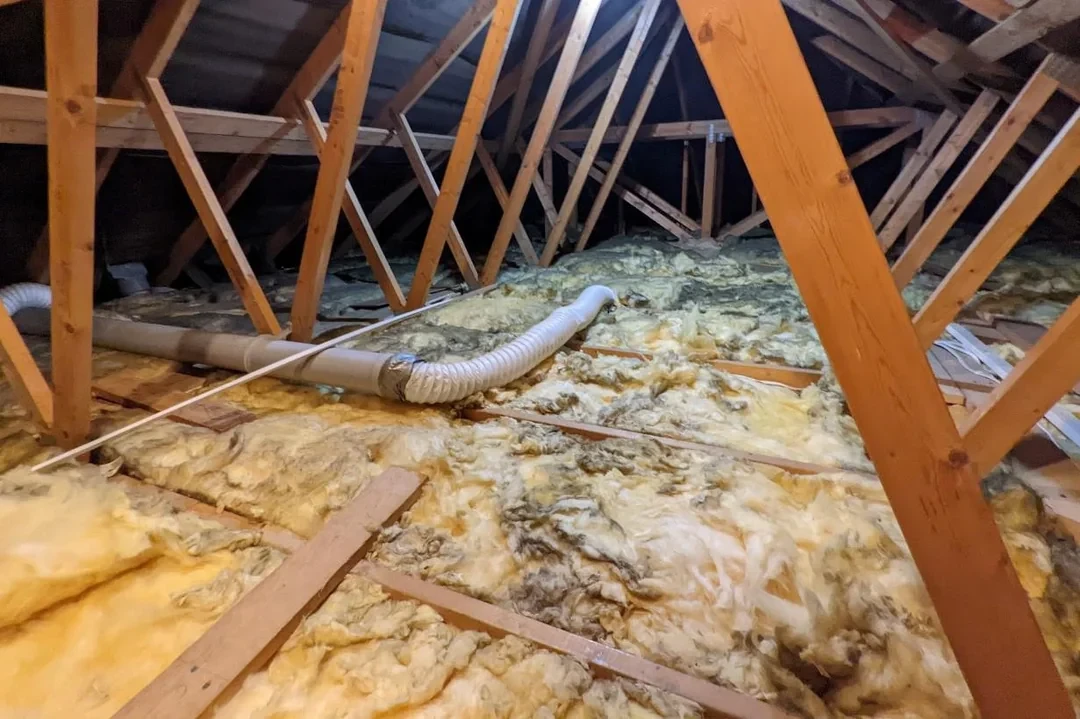22/02/2025

Introduction
When it comes to keeping your home warm and comfortable during the colder months, most homeowners focus on adjusting their thermostat settings, insulating their property, or upgrading their boiler to a more energy-efficient model. However, one often overlooked yet effective way to reduce your gas bills is by increasing the size of your radiators.
The connection between radiator size, boiler efficiency, and gas consumption is quite straightforward. By opting for larger radiators, you can lower your boiler's flow temperature, which can help reduce energy usage and consequently cut your heating costs. This is particularly relevant for homes with condensing boilers, which operate most efficiently at lower temperatures.
In this post, we’ll explore why larger radiators can be a smart choice for reducing your gas bills and improving your overall heating efficiency.
What is Boiler Flow Temperature and Why Does It Matter?
To understand why radiator size can affect your gas bills, you need to first understand what boiler flow temperature is. Flow temperature refers to the temperature at which water is sent from your boiler into the central heating system to be distributed throughout your radiators.
When you set the temperature of your boiler to a high level, the water flows through the system at a higher temperature, which causes the boiler to burn more gas to maintain that heat.
The key here is that lower flow temperatures can lead to reduced gas consumption, especially in modern condensing boilers. These boilers are designed to operate most efficiently when the water is heated to around 55°C or lower.
This is because at 55°C, the water temperature is close to the "dew point" for condensation, which is a critical factor in the boiler's ability to condense the waste gases from combustion.
Condensation is what makes a condensing boiler highly efficient, as it allows the system to recover and reuse heat that would otherwise be wasted in a non-condensing boiler.
How Larger Radiators Can Help
So, how do larger radiators fit into this equation? The size of your radiator determines how much heat it can emit into a room. A larger radiator has a greater surface area, which allows it to distribute heat more evenly and efficiently at a lower water temperature. This is beneficial for a number of reasons:
Lower Boiler Flow Temperature: By increasing the size of your radiators, your heating system will require a lower flow temperature to achieve the same level of warmth. Since the radiator is now able to radiate more heat into the room, the boiler doesn’t need to work as hard, meaning it uses less gas to heat the water.
Better Efficiency of Your Condensing Boiler: As mentioned earlier, condensing boilers are designed to condense more effectively at lower temperatures, typically around 55°C. With larger radiators, you can comfortably run your system at these lower temperatures, allowing your boiler to condense as much as possible and operate at its peak efficiency.
Faster Heat Distribution: Larger radiators can heat a room more quickly and efficiently, reducing the need to keep the boiler running at high temperatures for extended periods. This faster heat-up time translates into less energy used to reach a comfortable temperature, saving you money on your gas bills.
Optimised Comfort Levels: With the ability to run at lower temperatures, larger radiators can maintain a more consistent, even temperature in your home. This can help avoid temperature fluctuations, making your home feel warmer and more comfortable without requiring the boiler to work overtime.
The Condensation Effect: How It Reduces Gas Bills
Condensing boilers work by capturing and using the heat from the flue gases that would normally be lost in traditional heating systems. The principle behind this is simple: when flue gases cool, they condense into water vapour. This condensation process releases latent heat, which is then absorbed back into the heating system.
For this process to be effective, the water temperature in the system needs to be low enough to allow the gases to cool and condense. As a result, running your system at lower flow temperatures (closer to 55°C) ensures that your condensing boiler can recover and reuse more heat, which in turn lowers the amount of gas needed to achieve the desired temperature in your home.
When you install larger radiators, you increase the surface area available for heat transfer, which means the room will heat up efficiently even when the water temperature is low. As a result, your boiler won’t need to burn as much gas to maintain the same level of warmth, leading to a noticeable reduction in your gas consumption.
The Financial Benefits
While the idea of replacing radiators may initially seem like a significant investment, the long-term savings on your gas bills can be well worth it. By reducing your gas consumption, you can lower your heating costs, and the energy savings can help offset the cost of the larger radiators over time.
Additionally, with increasing energy prices, the importance of reducing your reliance on gas becomes even more critical. By improving the efficiency of your heating system, you’ll be able to keep your home warm without breaking the bank.
When to Consider Upgrading Your Radiators
Not all homes will require a complete radiator upgrade, but there are certain scenarios in which it may be a good idea to consider larger radiators:
Older Heating Systems: If you live in an older home with a conventional heating system, you may find that your radiators are not large enough to heat the space efficiently at lower temperatures. Upgrading to larger radiators can help you make the most of a modern condensing boiler.
Boiler Replacement: If you’re in the process of replacing your boiler with a more energy-efficient model, it may be a good time to assess your radiator sizes as well. A new condensing boiler can operate most efficiently at lower temperatures, so ensuring that your radiators can handle this can provide significant savings.
Home Extensions: If you’ve recently added an extension to your home, your existing radiators may no longer be sufficient to heat the extra space efficiently. Upgrading to larger radiators can help ensure that your entire home stays warm without putting unnecessary strain on your boiler.
Poor Heat Distribution: If you find that some rooms in your home are consistently colder than others, it may be a sign that your radiators are too small for the space. Upgrading to larger radiators can help balance the heat distribution across your home.
Conclusion
In summary, increasing the size of your radiators can be an effective way to reduce your gas bills by allowing your condensing boiler to run at lower flow temperatures, optimising its condensation process, and improving the overall efficiency of your heating system.
While the upfront cost of upgrading radiators may seem like an investment, the long-term energy savings make it a wise decision for homeowners looking to reduce their heating costs and improve comfort. With energy prices rising and a growing emphasis on sustainability, making your heating system more efficient has never been more important.
If you’re considering upgrading your radiators or exploring ways to improve your heating system’s efficiency, it’s a good idea to consult with a professional to determine the best approach for your home and ensure you’re getting the most out of your investment.













